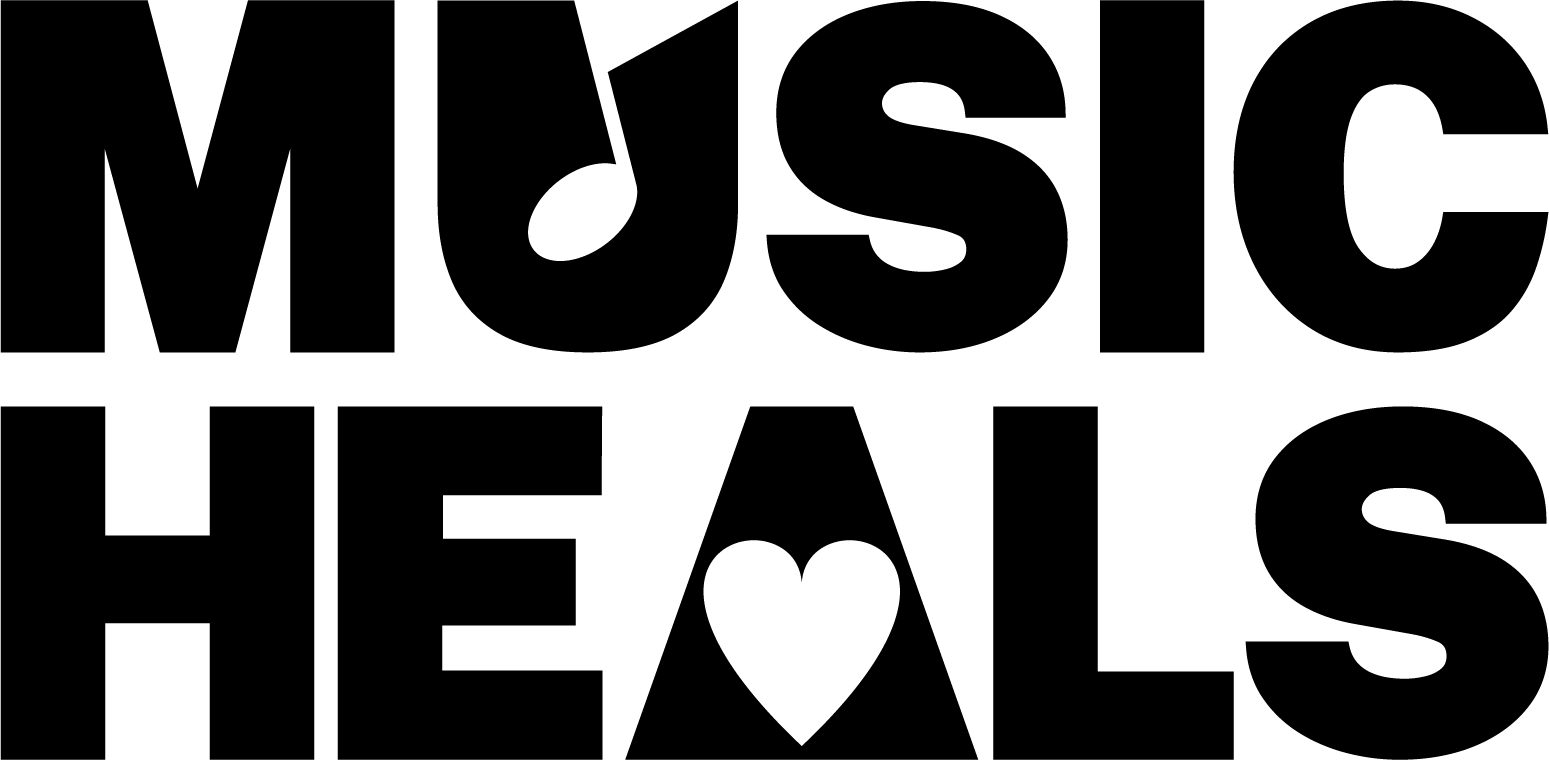Abstract: Active music-making provides a form of therapy for the Alzheimer’s patient which may stimulate cognitive activities such that areas subject to progressive failure are maintained. Anecdotal evidence suggests that quality of life of Alzheimer’s patients is significantly improved with music therapy, accompanied by the overall social benefits of acceptance and sense of belonging gained by communicating with others. Music therapy, when based on clear treatment objectives can reduce the individual prescription of tranquilizing medication, reduce the use of hypnotics and help overall goals of rehabilitation. Mood improvement and self-expression, the stimulation of speech and organisation of mental processes; and sensory stimulation and motor integration are promoted. Given that the rate of deterioration in Alzheimer’s disease is not predictable, a series of single case experimental designs would generate valuable empirical data concerning treatment outcome and promote basic research into the timing functions required for the co-ordination of cognition, physiology, motor ability and the integrity of behaviour.
Music Therapy in Context: Music, Meaning, and Relationship by Mercedes Pavlicevic, 1997.
This book explores music theory and music psychology, in order to explore meaning in music as art form, in contrast to music as therapy. Chapters 7-9 are particularly interesting. These chapters explore the relationship between music and human emotion. The goals of chapters 7-9 are to establish why music is used as a therapeutic agent. The book also explores verbal meaning in music therapy and discusses the meaning inherent in a relationship whether it is musical, verbal, or silent. The book is beneficial to those exploring the theories that attempt to describe how music is used therapeutically.
Music Involvement: Energy from our Elders by Vera Slabey, 1980.
Summary: The purpose of the book is to encourage the reader to act now and make changes as soon as possible because tomorrow may be too late. The book serves as an initiator for the reader to discover the special facets in the people with whom we come in contact. To facilitate and encourage the reader, the book provides examples of therapeutic music application in nursing home settings and supports these ideas with anecdotal stories.
Music Therapy in the Treatment of Adults with Mental Disorders, edited by Robert F. Unkefer, 1990.
This book details a theoretical position of Music Therapy. It describes factors impacting on levels of Music Therapy interventions and gives a taxonomy of Music Therapy techniques with detailed descriptions of specific techniques and interventions. Adult mental disorders are outlined. The main idea of the book is that both language and music are forms of communication processed by the auditory system. They have structural similarities in terms of pitch, duration, stress, and listener expectations. The book describes how music communicates human needs and values when words no longer suffice.
Music Involvement in Nursing Homes, by Vera Slabey, 1985.
Describes music as a functional part of the lives of elderly adults. The book explains that active appreciation for song, verse, and for music does not diminish along with other areas of human activity as one progresses in age. Part one explains and provides suggestions for music involvement as a communication skill with nursing home residents. Part two provides examples of music activities and songs that can be used each month of the year. Finally, part three discusses causes of depression in elderly and gives suggestions about starting a nursing home music involvement program.
Dementia and Communication edited by Rosemary Lubinski, 1995.
This book addresses the need for education on age related dementing diseases. Information on the epidemiology, neurology, neuropsychology, and neurolinguistics of dementia is provided. Emphasis is placed on the neurobehavioral deficit of communication impairments. Also included are diagnostic and intervention strategies in both audiology and speech language pathology. Functional communication skills during the stages of dementia are examined. The information provided is user friendly for health care workers, families, and patients. This is a good resource for music therapists who work with clients who have dementia.
Carruth, Ellen K., “The Effects of Singing and the Spaced Retrieval Technique on Improving Face-Name Recognition in Nursing Home Residents with Memory Loss,” Journal of Music Therapy, 34 (3), 1997, 165-186.
Summary: This study examined the effects of singing and the spaced retrieval technique on the naming abilities of nursing home residents with memory loss. Participants in the study included seven females with primary diagnosis of dementia, senile dementia, Alzheimer’s disease, stroke, or chronic obstructive pulmonary disease. An ABA experimental design was used with data indicating that music therapy is a good resource to improve the naming abilities of some nursing home residents with memory loss.
Clair, Alicia Ann, and Allison G. Ebberts, “The Effects of Music Therapy on Interactions Between Family Caregivers and Their Care Receivers with Late Stage Dementia”, Journal of Music Therapy, 34 (3), 1997, 148-164.
This study examines the effects of music therapy programming on participation engagement frequencies of family caregivers and their late stage dementia care receivers. Data was obtained on frequencies of initiated and responsive touch by caregivers and care receivers. The study also assessed caregivers’ perceptions of depression, burden, positive and negative affect, self-reported health, and satisfaction with visits through a pretest-posttest procedure. The study found that caregivers’ engagements in participations were higher in music applications than when compared to conversations. It also found that care receivers had greatest participation during rhythm playing. Caregivers initiated touch more frequently than their care receivers did, but care receivers were more responsive to touch than were their caregivers. The final data reported that caregivers experienced increased satisfaction with visits in music therapy as compared to visits before music therapy.
Thomas, David W., and Heitman, Robert J., Alexander, Theresa. “The Effects of Music on Bathing Cooperation for Residents with Dementia”, Journal of Music Therapy, 34 (4), 1997, 246-259.
This study evaluated the effects of music on bathing cooperation among a group of patients diagnosed with Alzheimer’s disease. The nursing staff selected a convenience sample that demonstrated resistance to bathing and a premorbid interest in music as disclosed by a family member. A quasi-experimental design was used. The results of the data analysis showed no significant differences among the dependent variable of hiding/hoarding, nonaggressive behaviour and verbally agitated behaviour. However, significance was found with the independent variable of aggressive behaviour. The results of the study show that the discretionary use of music may delay the onset of more severe forms of agitation. Overall, by reducing the physical aggressiveness of patients with dementia, the patient’s quality of life may increase along with job satisfaction among primary care providers.
Brotons, Melissa, Koger, Susan M., Pickett-Cooper, Patty, “Music and Dementias: A Review of Literature”, Journal of Music Therapy, 34 (4), 1997, 204-245.
This paper provides a review of literature published in the area of music/music therapy and dementias from 1985-1996. Research outcomes were categorized, coded, and summarized in order to outline recommendations for use in clinical practice and in future research. Results of the studies analyzed show that music/music therapy is an effective intervention to maintain and improve active involvement, social, emotional and cognitive skills, and to decrease behaviour problems of individuals with dementias.




